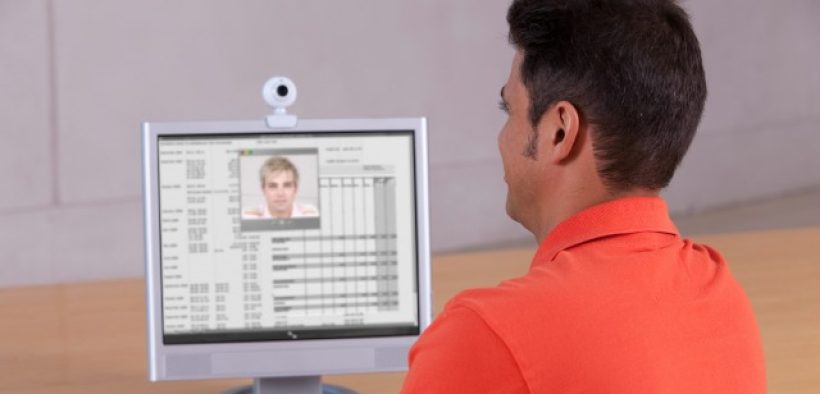Interviews are a powerful yet underutilized learning device in higher education. There are thousands of experts available who would be more than willing to add interesting material to your courses. While it is not very practical to fly those people in to speak in a face-to-face course, video recording systems make it easy to add interviews to an online course.
If arranging the interviews sounds like too much work, have your students do them as an assignment. Interviews improve student engagement with the material. A high school teacher told me about one of his classes that was reading Death of a Salesman and became curious about certain parts of the book. So the students wrote the author with their questions. The author provided a lengthy reply that not only answered the students’ questions, but also included information about the story that was not well-known, such as the meaning of some of the characters’ names. The students were flattered that a famous author would take their questions seriously and even provide them with “insider information” about the book. The experience heightened the students’ interest in literature in general.
Any subject lends itself to interviews. Students in a business course could interview the CEO of a large nonprofit about the unique challenges of nonprofit organizations. Students in an education course could interview a famous school reformer, while those in an environmental course could interview the head of an environmental agency about the agency’s priorities and plans.
A good method is to put students into small groups so that they can plan together and divide duties. They will need to choose a topic that interests them, find a suitable interviewee, arrange the interview, create questions to ask the interviewee, record the interview, and provide the recording to others. They should also invite the rest of the class to participate as an audience so that other students can ask questions. The recording can be added to the course to provide more resources for future students.
Besides the assignment instructions, the instructor should provide technical advice by suggesting recording software to use so that students do not run into embarrassing problems during the interview. Below are some good systems for hosting interviews.
Interviewing systems
If you want students to do an audio-only interview, then BlogTalkRadio is a good choice. BlogTalkRadio records conversations between up to five people at once. The interview can be streamed online to an unlimited number of participants and saved for future reference. The only catch is that interviews cannot be longer than 30 minutes without paying for the premium version. The benefit of using this system is that interviews can be grouped together into a channel so that people can browse and listen to them at their leisure.
If you instead want to include the video, then a good free option is Google’s Hangouts on Air, which is part of Google+. Google Hangouts is a video meeting system that is similar to GoToMeeting, but it has the advantage that it can broadcast a full-screen webcam video of the speaker. The speaker is shown in a center window that takes up most of the page, while the other participants are shown in smaller windows across the bottom of the screen. The system can be set to automatically fill the large window with whoever is speaking, or it can be fixed on the same person for the whole time.
If you want to broadcast the interview live or record it, then you need to use Hangouts on Air. Hangouts On Air is nearly identical to Hangouts except that it broadcasts on your YouTube channel. This allows for an unlimited number of live viewers. Plus, the session is automatically recorded to your YouTube account, and it can be left there for later viewing or downloaded as a video file to be uploaded onto another hosting site.
Spreecast is another good system for recording video interviews. The system provides a window that can show up to four people at once, with many more viewing in the audience. The nice thing about Spreecast is that it is set up like a TV call-in show, as participants watching can submit questions, vote on questions, or request to join on camera. The organizer monitoring these requests can then relay the questions to the speaker or put the viewers on camera. The results can be hosted on the site or uploaded to another site.
Finally, Telestream’s Wirecast is a feature-rich system for hosting interviews between two people. The screen is split in half to show both participants at once, which has a cozy and inviting effect, like two people talking to one another in a café. While there is a one-time purchase fee, the software comes with a fairly powerful editing system. This comes in handy if you want to add a standard introduction to all of the interviews or a title.
Consider interviews as an easy way to both increase student engagement with material and enrich course content for future generations of participants.






